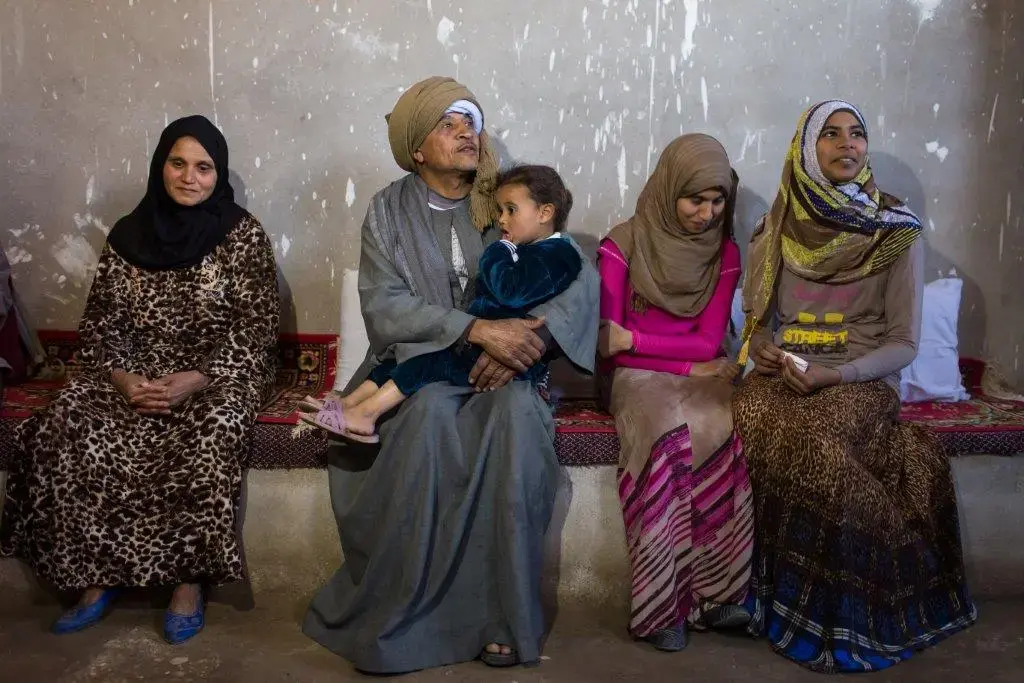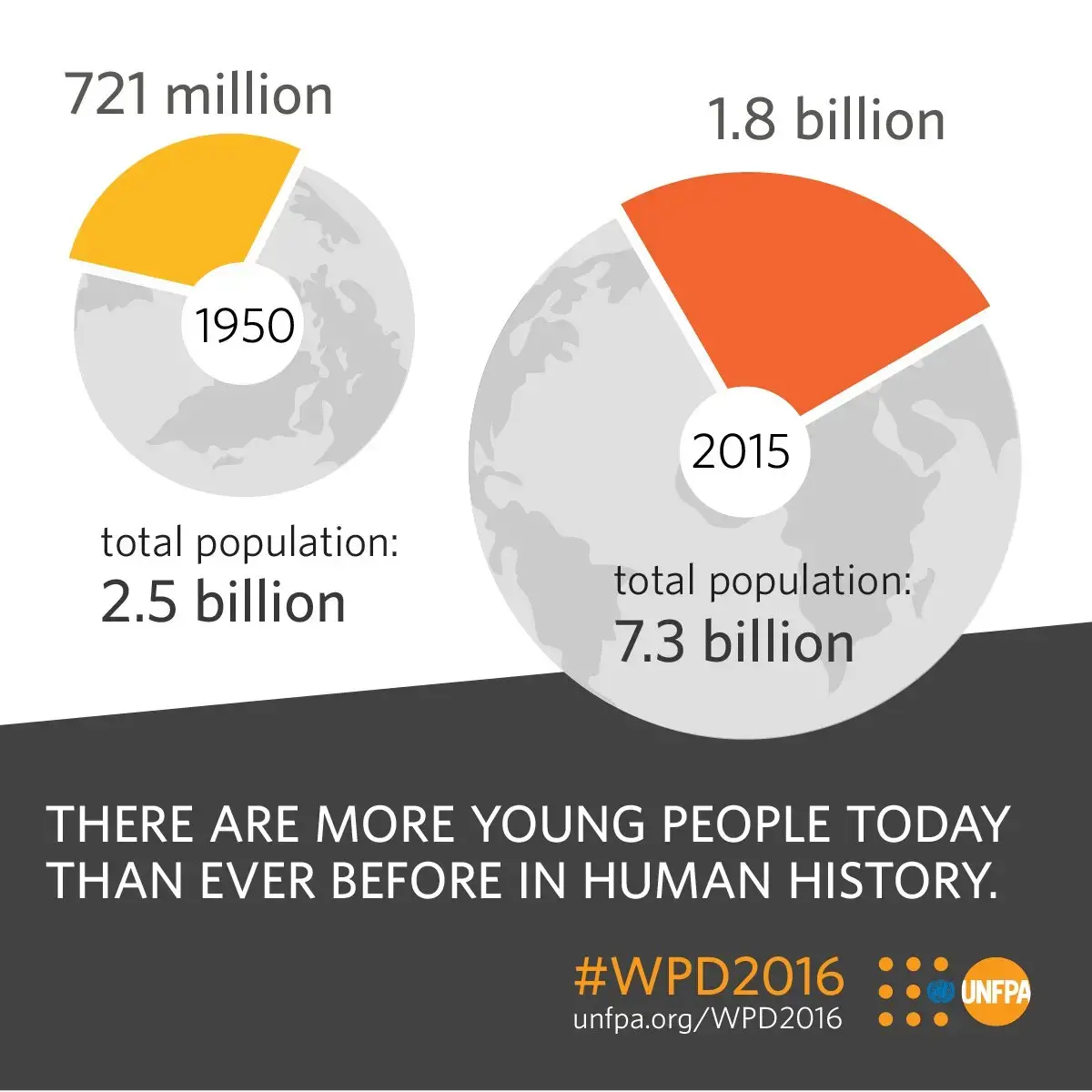"When a girl becomes pregnant, her present and future change radically, and rarely for the better.
Her education may end, her job prospects evaporate, and her vulnerabilities to poverty, exclusion and dependency multiply.
Many countries have taken up the cause of preventing adolescent pregnancies, often through actions aimed at changing a girl’s behaviour. Implicit in such interventions are a belief that the girl is responsible for preventing pregnancy and an assumption that if she does become pregnant, she is at fault.
Such approaches and thinking are misguided because they fail to account for the circumstances and societal pressures that conspire against adolescent girls and make motherhood a likely outcome of their transition from childhood to adulthood. When a young girl is forced into marriage, for example, she rarely has a say in whether, when or how often she will become pregnant. A pregnancy-prevention intervention, whether an advertising campaign or a condom distribution programme, is irrelevant to a girl who has no power to make any consequential decisions.
What is needed is a new way of thinking about the challenge of adolescent pregnancy. Instead of viewing the girl as the problem and changing her behaviour as the solution, governments, communities, families and schools should see poverty, gender inequality, discrimination, lack of access to services, and negative views about girls and women as the real challenges, and the pursuit of social justice, equitable development and the empowerment of girls as the true pathway to fewer adolescent pregnancies.
Efforts—and resources—to prevent adolescent pregnancy have typically focused on girls ages 15 to 19. Yet, the girls with the greatest vulnerabilities, and who face the greatest risk of complications and death from pregnancy and childbirth, are 14 or younger. This group of very young adolescents is typically overlooked by, or beyond the reach of, national health, education and development institutions, often because these girls are in forced marriages and are prevented from attending school or accessing sexual and reproductive health services. Their needs are immense, and governments, civil society, communities and the international community must do much more to protect them and support their safe and healthy transition from childhood and adolescence to adulthood. In addressing adolescent pregnancy, the real measure of success—or failure—of governments, development agencies, civil society and communities is how well or poorly we respond to the needs of this neglected group.
Adolescent pregnancy is intertwined with issues of human rights. A pregnant girl who is pressured or forced to leave school, for example, is denied her right to an education. A girl who leaves school early is denied her right to development. A girl who is forbidden from accessing contraception or even information about preventing a pregnancy is denied her right to health. Conversely, a girl who is able to enjoy her right to education and stays in school is less likely to become pregnant than her counterpart who drops out or is forced out. The enjoyment of one right thus puts her in a better position to enjoy others.
From a human rights perspective, a girl who becomes pregnant—regardless of the circumstances or reasons—is one whose rights are undermined.
Investments in human capital are critical to protecting these rights. Such investments not only help girls realize their full potential, but they are also part of a government’s responsibility for protecting the rights of girls and complying with human rights treaties and instruments, such as the Convention on the Rights of the Child, and with international agreements, including the Programme of Action of the 1994 International Conference on Population and Development, which continues to guide the work of UNFPA today.
The international community is developing a new sustainable development agenda to succeed the Millennium Declaration and its associated Millennium Development Goals after 2015. Governments committed to reducing the number of adolescent pregnancies should also be committed to ensuring that the needs, challenges, aspirations, vulnerabilities and rights of adolescents, especially girls, are fully considered in this new development agenda.
There are 580 million adolescent girls in the world. Four out of five of them live in developing countries. Investing in them today will unleash their full potential to shape humanity’s future."
Dr Babatunde Osotimehin
United Nations Under-Secretary-General and Executive Director
UNFPA, the United Nations Population Fund
Read more.............FCKIMages/file/EN-SWOP2013-final.pdf




